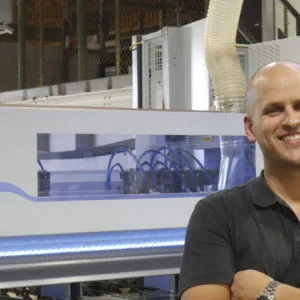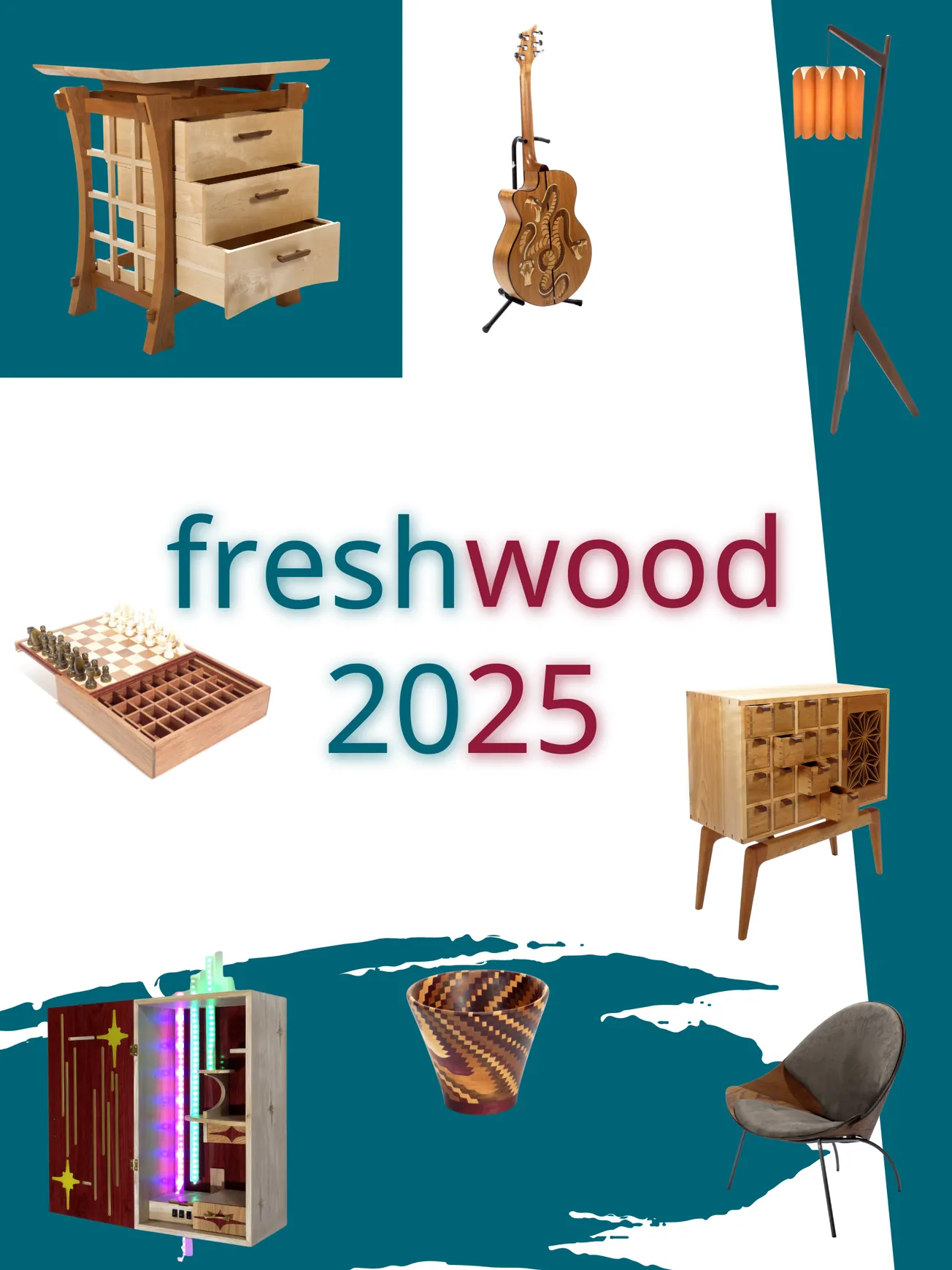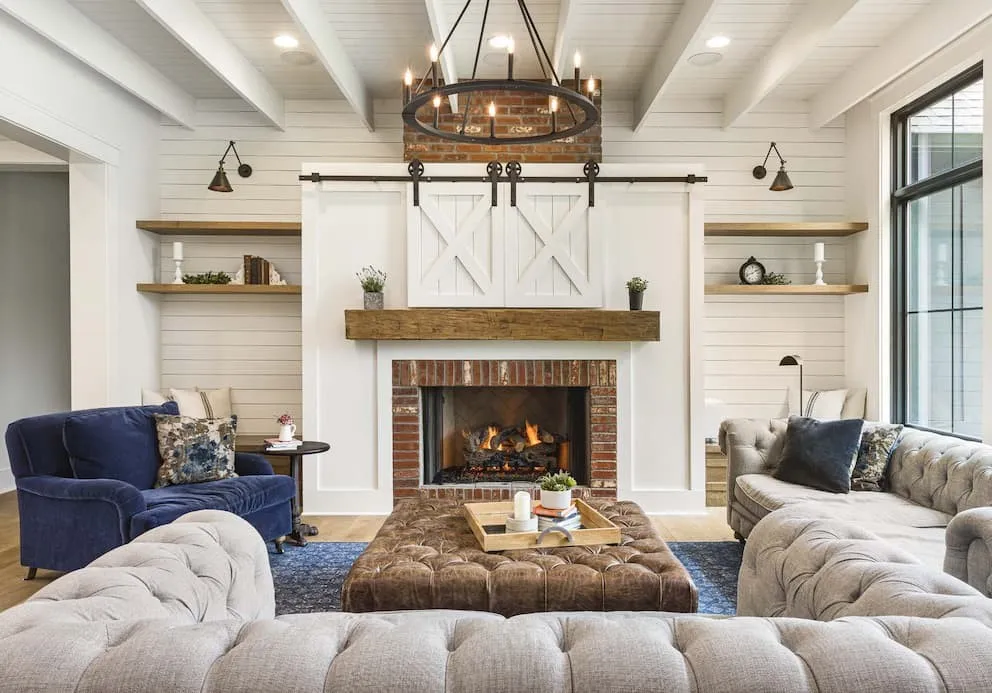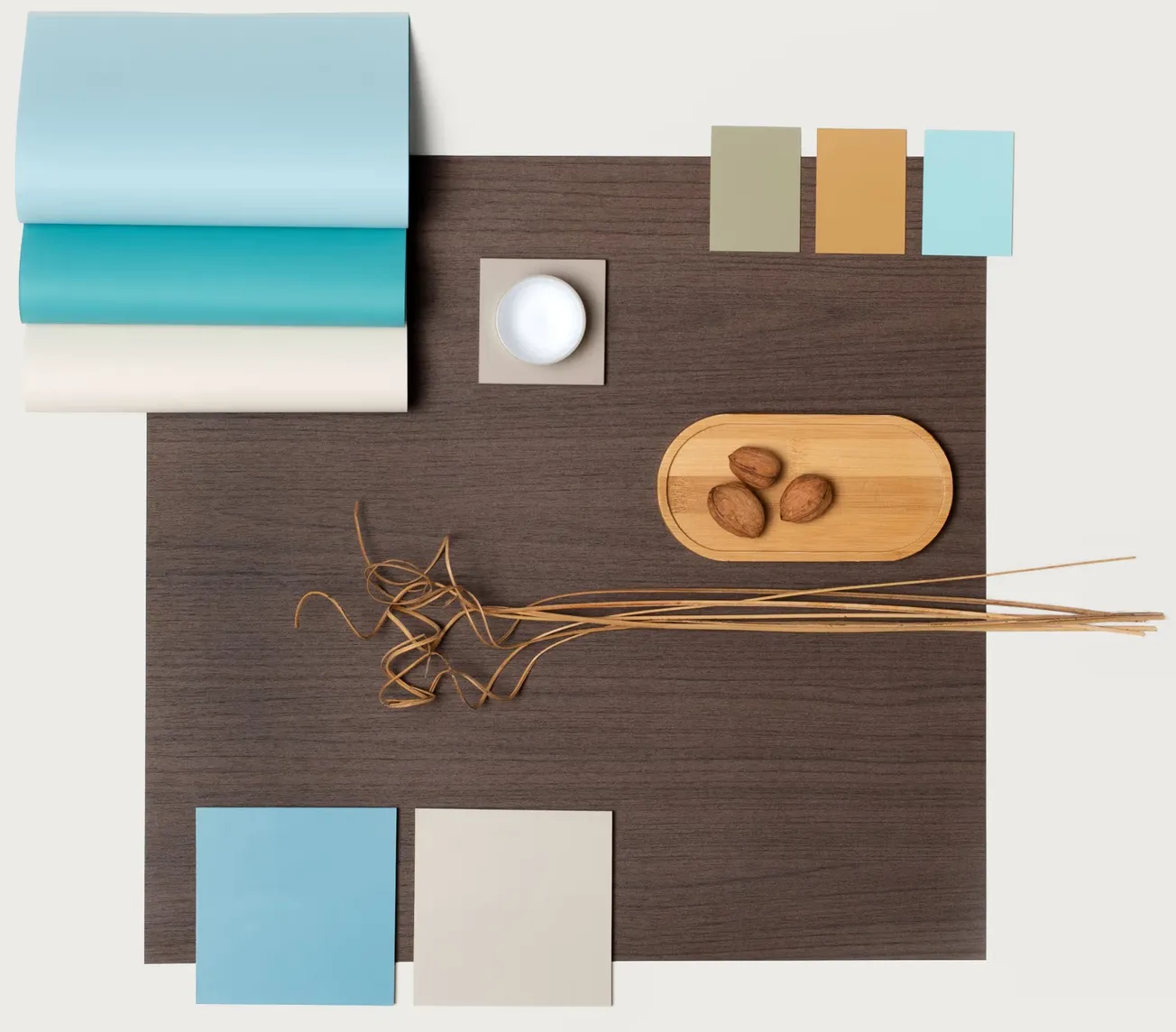Table of Contents
New York cabinetmaker Nexis3 benefits from sharp focus
Steve Schoenacker knew early in his career as a woodworker that he wanted to own and operate a cabinet-making company that relied heavily on technology and automation. And by early, we’re talking 20 years old.
That’s the age at which Schoenacker founded his company, Nexis3, in Rochester, New York. The year was 2001.
“Machinery and technology fascinated me, and as a perfectionist, automation was the only way for me to achieve unequivocal precision. So it became my goal to build a fully automated factory. It took a couple years of planning, but soon enough, I made my first major investment,” said Schoenacker, who is owner and CEO of Nexis3.
His first shop was 2,000 square feet, and he didn’t initially have much machinery. Two years in, though, he bought his first Homag CNC router and panel saw, beginning what he calls a partnership with Stiles Machinery that continues to this day.
Today, Nexis3 occupies 65,000 square feet, and Schoenacker is proud of his shop’s modern and growing machinery lineup, along with continually expanding technology that enhances the company’s efficiency and competitiveness. He’s also enthusiastic about the attractive, high-quality decorative panels increasingly being offered in the U.S. by companies such as Egger and Cleaf and that make up the majority of his materials.
When he first started, Schoenacker focused on residential work, but he quickly turned to commercial projects, including schools, hospitals and banks. By 2008, he had 10 employees. Nexis3 had outgrown its first location, where it had expanded to 5,000 square feet. Schoenacker moved his operation to an old General Motors facility with virtually unlimited space, and he took 15,000 square feet.
“This was a huge move. Initially, I was worried about having too much space. But with my goal of having a fully automated factory still at the forefront of my mind, this was the next step I needed to take. With every new machine came new opportunities to assimilate new customers. This steady but constant growth has led the company to where it is today.”
Nexis3 was still doing commercial work and retail store fixtures, and automation was key to its success.
“The business was running at a steady pace, but there was a lot of competition,” Schoenacker said. “I had to figure out what our competitive edge was and expand on it. At the time, I was one to two decades younger than most of my competitors. Building an automated facility isn’t that difficult if you have good cash flow and credit. But I understood the software behind the automation. And I soon realized this was my competitive edge. The office was highly efficient, even with only a few people.”
About then, though, Schoenacker started rethinking his business model. He had traveled to Europe a number of times to visit the automated shops in Germany, and he was impressed by their specialization and the resulting efficiency and quality.
“You’d go to one company, and they were just producing work surfaces. And you’d go to another company, and they were just producing casework. Here in the U.S., everyone is trying to do everything—from wall panels to reception desks with all sorts of different materials—and it’s hard to be really great at anything.”
In the last five years, Schoenacker has narrowed and redeveloped his business. He gave up commercial work and began focusing on building casework and countertops of thermally fused laminate and high pressure laminate for other manufacturers.
“I often received calls from other businesses, asking me questions and my opinion regarding industry-related software and machinery. This made me realize we could be a good resource for other manufacturers and focus on becoming more specialized,” he said. “So we began collaborating with smaller shops that don’t have the equipment and mid-sized shops that don’t have the capacity. Often, we’re even sought out by very large companies that outsource the casework component because they simply aren’t set up for that type of fabrication.”
In many cases, the other manufacturers have Nexis3 private label components for them, and Schoenacker is fine with that.
“Nexis3 is not a design firm. My passion lies within the engineering and production. Private labeling components for other companies allows me to leverage the manufacturing capabilities of my facility. It’s a win-win situation for the customer and my company.”
With the change in focus came even more rapid growth. While expanding its footprint to 65,000 square feet, the company increased its employment to about 20, and it’s looking to hire.
“I have an awesome group of people. Change is hard, and I am continually changing things up within the business. But my employees are committed to the company’s vision, and it’s because of their willingness to adapt that I’ve been able to efficiently and effectively execute my plan.”
While making components for other manufacturers is now the biggest part of Nexis3’s business, it isn’t the company’s only work. Nexis3 also produces cabinets for kitchen dealers, and it makes casework and more for developers that build multi-family units in the region. The developer jobs initially involved mostly kitchens, but Nexis3 now is also doing bathrooms and closets—“basically supplying all the components they need to build the entire space out,” Schoenacker said.
In all of its work, Nexis3 relies largely on TFL and HPL to meet customer needs. The company has turned out European-style cabinets since the beginning, and the emergence of textured and super-matte surfaces and more colors in recent years has made believers out of more developers and manufacturers, Schoenacker said.
“When people hear the word melamine, they often question the quality. They don’t realize melamine has come a long way. The product is of much higher quality and durability than it used to be. Plus, it comes in an infinite array of colors, patterns and textures. Once I show the customer the product, it’s usually love at first sight. The number of options and the price point make it a no brainer in most instances.”
Schoenacker is in a good position to guide his customers toward the newest and best in decorative panels and the latest in hardware. Customers ask Nexis3 for ideas, and the company shows off the latest from Egger, Cleaf, Tafisa, Uniboard and others. It doesn’t take long to convince the builders—many of whom previously sold Shaker-style cabinets, often with dark stain–that today’s TFL is the way to go, said Schoenacker, who relies on Upper Canada Forest Products for distribution.
In addition, Schoenacker offers many options for cabinet hardware, from connecting devices to door and drawer hardware. Lamello connectors have become especially popular. Schoenacker was recently contacted by three new customers to create goods for them simply because Nexis3 works with this type of hardware, which allows case goods to be flat packed and assembled on site, he said.

“Our customers love the products. They are trying to create cool spaces, and the new materials and hardware help them differentiate themselves from what other people are doing.”
 In some cases, Nexis3’s customers aren’t exactly sure what they are buying, but that doesn’t deter them. “They know it’s not wood. They know it’s a little different. But they don’t question the quality,” Schoenacker said.
In some cases, Nexis3’s customers aren’t exactly sure what they are buying, but that doesn’t deter them. “They know it’s not wood. They know it’s a little different. But they don’t question the quality,” Schoenacker said.
For cabinet fronts and work surfaces, some customers still specify HPL, which Nexis3 buys from major suppliers such as Formica, Wilsonart, Nevamar and Pionite. Schoenacker, however, often pushes them toward TFL, at least for cabinet fronts, because Nexis3 offers so many options and TFL “is usually a much better value.” Boxes are always TFL, he said.
“We really like to use Egger TFL because they have the complete program with matching banding and HPL if needed,” he said.

Dutton chose to work with Nexis3 “because of Steve’s passion to create well-thought-out quality products,” Dutton said. The companies have worked on five large projects together and countless smaller ones. “Regardless of project size, Steve’s attention to detail and ingenuity bring each project to the next level,” Dutton said.

The latest big project for Nexis3 and Dutton is The Factory in Rochester, an abandoned warehouse that Dutton dismantled to create modern space. It features the latest in geothermal technology, daylighting and LED lighting that allow corporate, restaurant, mercantile and residential tenants to work and live sustainably, Dutton said.
The residential units in The Factory, in particular, favor a more modern approach with flex layouts, Dutton said. Nexis3 is making movable partitions, beds, kitchen cabinets and vanities for the project, which is nearing completion.

“The look and feel of the millwork are critical. We wanted materials that relate well to each other and complement our design. The finish and quality of the TFL is what solidified our selections,” he said.
While attractive and functional new materials have been vital to Nexis3’s growth, so has the addition of machinery to enable increased production, which now totals 800 to 1,000 parts per day. Schoenacker has worked with Stiles from the beginning, and his shop is full of Homag equipment. In 2018, he installed the Homag IntelliStore inventory management system and worked with Schuler Consulting to reorganize his plant. He’s got space designated to add a second edgebander this year, and he has two saws connected to the Intellistore, a nested router and several CNC machines.
Nexis3 uses Homag’s Wood Cad Cam for its design software, and it often relies on Hettich for hardware for its metal drawer systems. When its cabinet designs include flip-up and bifold doors, Blum gets the call for hardware.
As Nexis3 has grown and word has spread about its well-equipped facility and quality work, customers are more often coming to the company for guidance and production.
“We show them the materials we work with. We show them what we’re doing. And they’re hooked.” Schoenacker said.






